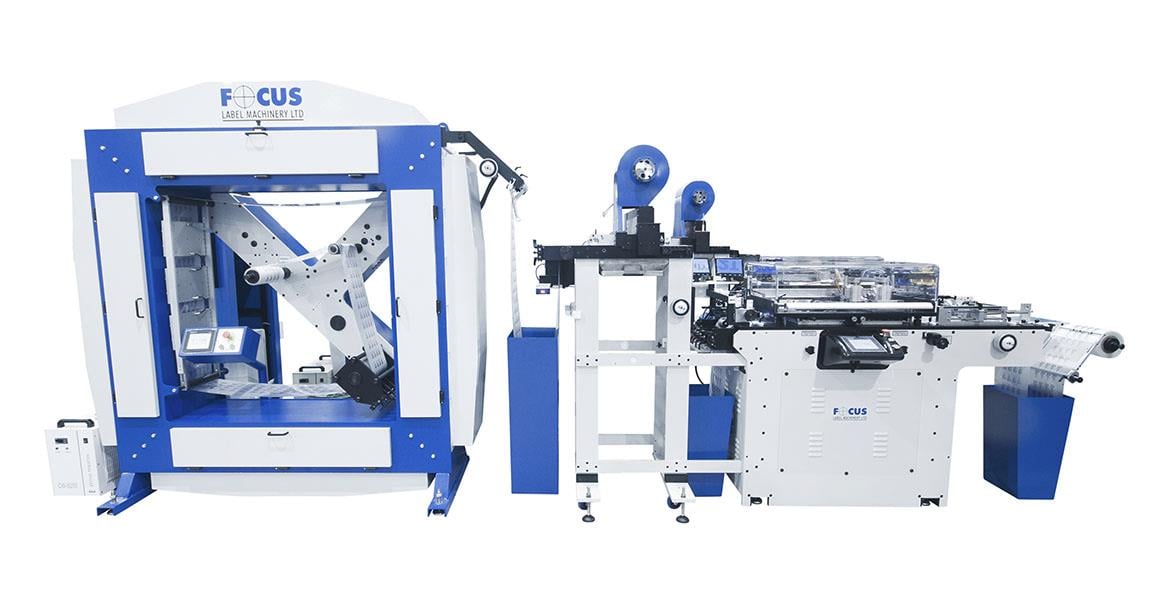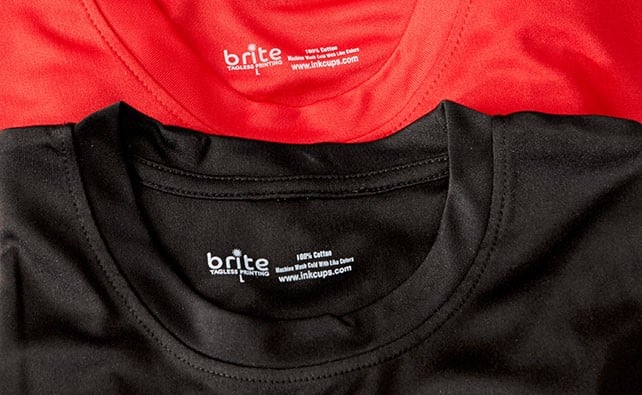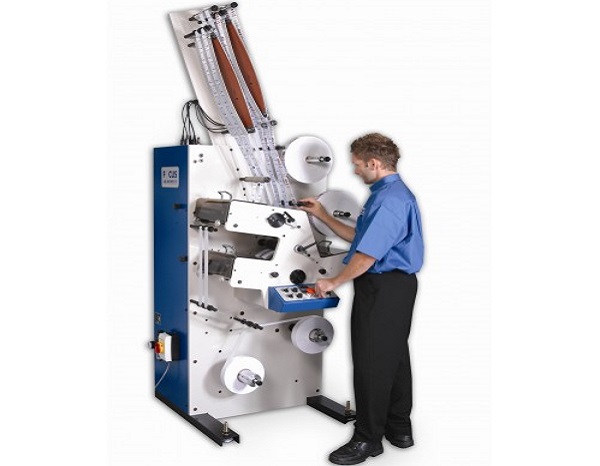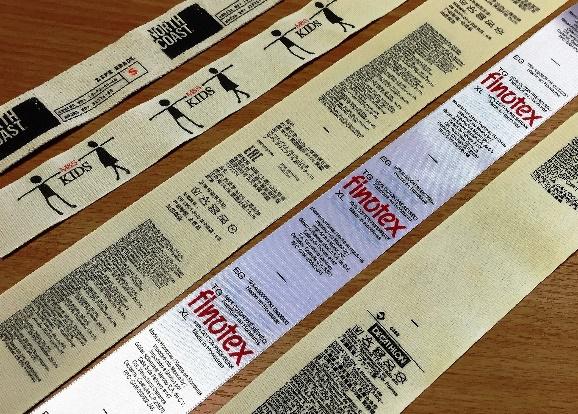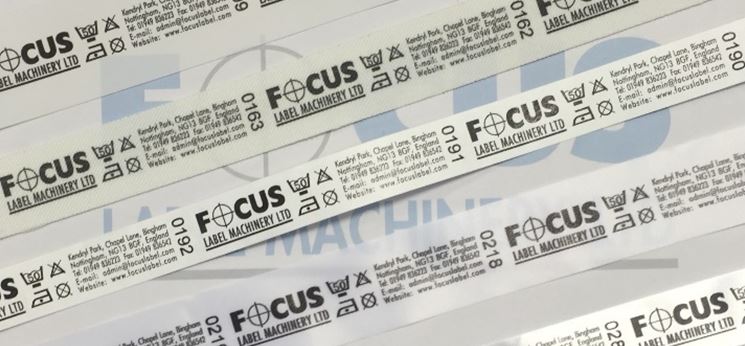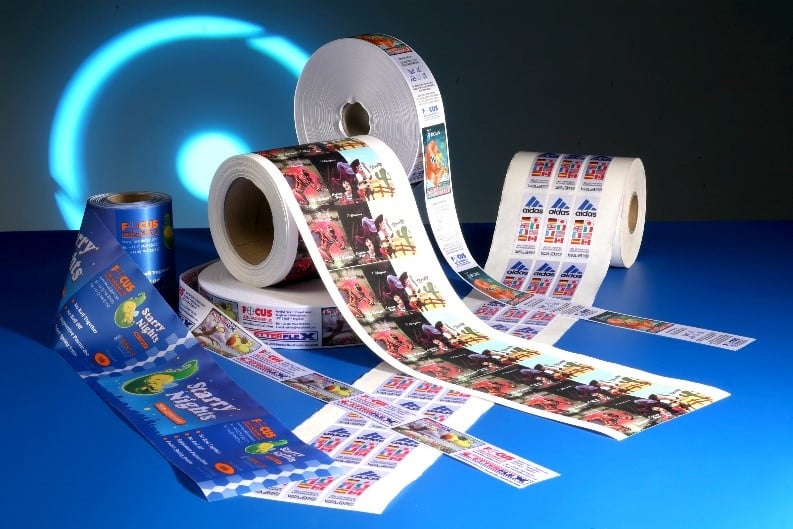Image: Tagtrans 225 Serigraphy is the artists' term for silk screen printing, a process which involves a stencil and ink which is forced through a silk screen, although modern versions are often made of nylon or finely woven polyester. One colour is applied at a time and a blade is used to sweep the ink smoothly across the press. Serigraphy is an extremely ancient form of printing and has been used since the days of the Chinese Song Dynasty (960 - 1279 CE) to transfer exquisite designs to silk material. In modern times, machine-based heat transfer silkscreen printing is used in the textile industry to mass produce attractive prints on fabrics, including t-shirts, curtains, cushion covers and bed linen. Heat transfer is also a popular alternative to sew-in garment labels, especially for underwear and swimming costumes.
What Is A Heat Transfer Label/Tag?
A heat transfer is a method of taking a printed image and fixing the image directly to the garment in order to copy the image onto the garment itself. Typically, this technology has been used for customising t-shirts and, more recently, for the application of “tag-less” labels.
What Are Textile Labels Used For?
Textile labels are small labels usually made of nylon, taffeta or polyester satin, sewn into the interior of a garment so it is not visible when worn. Textile labels are intended to convey important information about the garment to the consumer. This might include size information, branding, wash care instructions, country of origin, fabric content and product details. All types of clothing and shoe manufacturers use textile labels, in products ranging from dresses and t-shirts to socks and gloves. As part of the ever evolving world of textile innovation, we will be attending the world's largest international textile and garment technology exhibition; ITMA 2019 in Barcelona! Providing an unrivalled marketplace and knowledge platform, ITMA is set to feature more than 1,600 exhibitors and an attendance of over 120,000 visitors. Come and join us in June!
Staying Ahead In Printed Ribbon & Garment Label Business In 2019: Our FREE Investment Guide
2018 has been a hectic and interesting year for our textile printing equipment business. Whilst the majority of new installations have been in Asia, we have seen trends developing that has seen a recovery in production requirements in Europe, especially in labelling for household & soft furnishings. There are changes, often in surprising directions. The long heralded decline of traditional printing methods for ribbons & narrow textiles has not only failed to materialise, but the opposite has in fact occurred. Letterflex/Flexographic/Silk Screen methodologies and technologies are still going strong – the latest design machines offering unparalleled flexibility and productivity to enterprising businesses.
Garment Labeling & Digital Printing
One reason for the comparatively slow growth of digital printing on textiles may be related to the extreme demands of the textile applications and the wide selection of types of textiles used in the industry. Fabric has always been inherently more difficult to print due to its flexible nature. The level of flexibility varies from warp to weft and with each degree around the bias, so guiding the fabric precisely through a digital printing press has proven to be very difficult, not forgetting the challenges of softness, fading, rub and wash resistance.
Alternatives In Printing Textile/Garment/Apparel Labels
Historically there have been a number of chosen methods for production of printed garment / apparel labels / ribbons.

